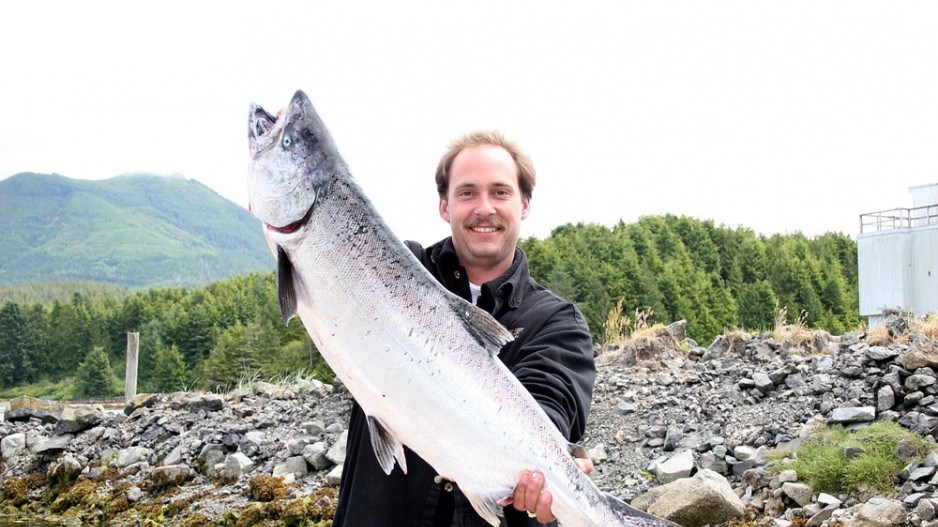Last week, when southern resident killer whales failed to show up in B.C. coastal waters by the end of June, as they usually do, it caused some hand-wringing among whale watchers and Washington conservationists.
But if the orcas are late showing up for dinner in B.C., it may be because they were still at the buffet in California, which is reported to be experiencing one of the best chinook returns in about a decade.
“I think the California return was a game-changer this year,” said Andrew Trites, director of the Marine Mammal Research Unit at the University of British Columbia. “That is huge news. That is so important because this is a key part of their habitat.”
According to a June 28 Wall Street Journal story, California is “overflowing” with salmon, and the San Francisco Chronicle cites commercial fishermen who say this year’s catch is the largest in a decade.
Sport fishermen in B.C. are also reporting, anecdotally, that chinook in B.C. waters appear to be returning in moderately higher numbers on the central coast and Vancouver Island.
A chinook abundance in California probably explains why southern resident killer whales had not shown up yet in Puget Sound as of the end of June, Trites said.
After all, California, not B.C. or Washington, is the orcas’ primary range. They spend only a few months in the summer in B.C. waters to feed.
“They likely found themselves with a lot of fish elsewhere in their range before getting here, and they just didn’t come because there’s so much fish to eat before getting here,” Trites said, adding he thinks they eventually will show up in B.C.
“Even though the world thinks that it’s only British Columbia and Puget Sound that matters, this is really a tiny piece of their range.”
The SRKW population has been in decline in recent years, and it is assumed that decline is largely due to a decline of chinook salmon, which is their main diet.
Martin Paish, a director for the Sport Fishing Institute of BC, said both anecdotal reports from fishermen and the Albion test fishery suggest there is cause for some optimism for this year’s chinook returns.
“Anecdotal evidence that I’m hearing, all the way up the west coast of Vancouver Island, all the way to Haida Gwaii, is that abundance is significantly greater than it has been in any of the previous three or four years,” he said. “People are describing the fishing activity at the north end of Vancouver Island as some of the best that’s been seen in decades.
“Anecdotal evidence, again, that we’re hearing from folks that are going out and doing catch-release fishing on Juan de Fuca Strait … is that abundance is significantly greater in the Juan de Fuca Strait area than we’ve seen for a long time.”
He said stock assessment biologists have confirmed the Albion test fishery recently came up with an estimate of 45,000 to 50,000 spring and summer mid-Fraser chinook, which would put the returns at a moderate abundance.
“Under a normal year of fishery management, that would mean there would be some slightly relaxed regulations in both recreational and First Nation fisheries, and we’d be able to fish on that higher abundance,” Paish said.
If chinook returns are higher this year than expected, Paish thinks it may be because they are the first generation to have gone to sea after the “blob” – a warm spot in the Pacific Ocean that persisted from 2013 to 2015 – disappeared.
See related story, Russian bear eats a lot of salmon.




